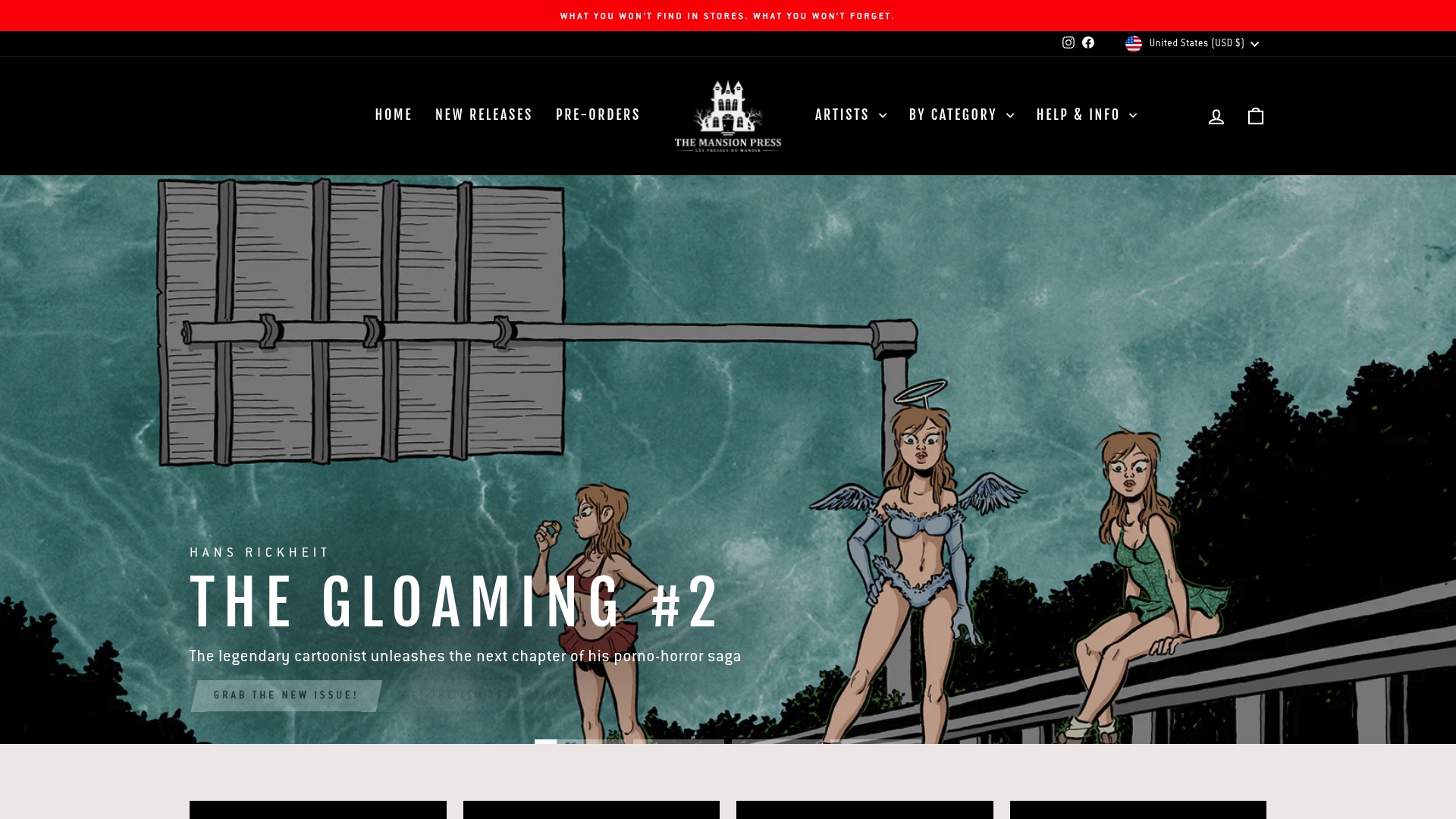Understanding Nurturing Creativity in Comics
Comics are so much more than illustrations and speech bubbles. They fuse art, storytelling, and design into a powerful creative medium. But here is where it gets interesting. Studies show that comics act as cognitive tools, helping people understand stories in ways that text alone cannot. This means comics are not just for entertainment or kids—they are one of the most innovative ways to communicate complex ideas and emotions today.
Table of Contents
- What Is Creativity In Comics And Its Importance?
- The Role Of Imagination And Storytelling In Comics
- Key Elements That Foster Creativity In Comic Art
- Real-World Examples Of Creative Expression In Comics
- How Collaboration Enhances Creativity In The Comic Industry
Quick Summary
| Takeaway | Explanation |
|---|---|
| Creativity combines narrative and visual art. | Comics uniquely blend illustrations and storytelling, allowing for rich narratives. |
| Collaboration enhances creative potential. | Working with others fosters innovative ideas and unique narrative structures. |
| Psychological flexibility promotes artistic innovation. | Embracing uncertainty and curiosity can enhance creativity and lead to new approaches. |
| Comics serve as social commentary platforms. | Artists explore complex themes, using comics to express cultural and personal insights. |
| Technical skill goes hand-in-hand with experimentation. | Merging artistry with experimentation expands the boundaries of traditional comic storytelling. |
What is Creativity in Comics and Its Importance?
Creativity in comics represents a dynamic intersection of visual storytelling, artistic expression, and narrative innovation. Unlike traditional literary forms, comics offer a unique medium where imagination manifests through intricate combinations of illustrations, text, and graphic design. Research from academic studies indicates that comics serve as a powerful cognitive tool that transcends conventional storytelling boundaries.
The Multidimensional Nature of Comic Creativity
Comic creativity extends far beyond simple drawing skills. It encompasses several critical dimensions that transform raw artistic talent into compelling narratives
 :
:
- Visual narrative construction
- Character design and development
- Emotional storytelling through graphic representation
- Innovative panel layout and sequencing
Artists must balance technical proficiency with imaginative storytelling, creating visual worlds that engage readers intellectually and emotionally.
To help readers understand the multifaceted aspects of creativity in comics, the following table summarizes the key dimensions and their roles described in the content.
| Dimension | Description |
|---|---|
| Visual Narrative Construction | Crafting stories through the intentional combination of images, design, and sequencing. |
| Character Design and Development | Creating unique and memorable characters that drive narrative engagement. |
| Emotional Storytelling | Conveying complex emotions and themes using visual representation. |
| Innovative Panel Layout and Sequencing | Experimenting with panel shapes, arrangement, and temporal flow for narrative impact. |
| Artistic Skill and Imagination | Balancing technical drawing abilities with creative vision and idea generation. |
| Cultural and Personal Expression | Using comics as a medium for social commentary, identity exploration, and cultural discourse. |
| Technical Skill and Experimentation | Merging mastery of comics techniques with a willingness to explore unconventional approaches. |
| The creative process involves translating complex ideas into visually digestible formats that communicate nuanced experiences. |
Significance in Cultural and Artistic Expression
Comics represent more than entertainment. They are potent vehicles for social commentary, personal expression, and cultural documentation. By blending artistic skill with narrative depth, comic creators can explore complex themes ranging from social justice to personal identity.
The medium allows for unprecedented creative freedom. Artists can experiment with visual metaphors, unconventional storytelling techniques, and graphic styles that challenge traditional narrative structures. You can read more about innovative comic creation techniques to understand how creators push artistic boundaries.
Ultimately, creativity in comics transforms visual communication. It invites readers into immersive worlds where imagination knows no limits, bridging artistic expression with powerful storytelling potential.
The Role of Imagination and Storytelling in Comics
Imagination fuels the intricate world of comic storytelling, transforming simple illustrations into profound narrative experiences that transcend traditional literary boundaries. Comics represent a sophisticated medium where visual creativity and narrative complexity converge, enabling artists to communicate multilayered stories through innovative graphic techniques.
Narrative Architecture in Visual Storytelling
Storytelling in comics involves sophisticated narrative construction that goes beyond linear text. Artists craft complex narratives by strategically manipulating:
- Panel composition and sequencing
- Visual metaphors and symbolic representations
- Emotional narrative progression
- Spatial and temporal relationships between images
These elements allow comic creators to develop intricate storylines that engage readers through visual and textual interplay. Research on visual narrative strategies reveals how sophisticated graphic techniques can communicate complex emotional and intellectual experiences.
Imagination as a Transformative Creative Force
Imagination in comics operates as a powerful generative mechanism that enables artists to construct entire universes from conceptual fragments. Unlike other narrative forms, comics provide unprecedented creative freedom. Artists can deconstruct traditional storytelling conventions, experiment with perspective, and challenge readers’ perceptual expectations.
Comic creators essentially become world builders, using visual language to translate abstract concepts into tangible graphic experiences. Their imaginative processes involve continuous negotiation between artistic vision, narrative coherence, and reader engagement.
By combining visual storytelling with narrative innovation, comic artists transform imagination into a dynamic communicative tool that transcends linguistic and cultural barriers. The medium invites readers to participate actively in meaning-making, interpreting visual cues and narrative fragments to construct holistic understanding.
Key Elements That Foster Creativity in Comic Art
Creativity in comic art emerges from a complex interplay of psychological, technical, and cultural factors that collectively inspire artistic innovation. Artists must cultivate an environment and mindset that encourages experimental thinking and pushes traditional graphic storytelling boundaries.
Psychological Foundations of Creative Expression
The creative process in comic art requires developing mental frameworks that support imaginative exploration. Artists must nurture psychological conditions that enable unrestricted artistic thinking:
- Embracing uncertainty and ambiguity
- Challenging personal and artistic comfort zones
- Cultivating intellectual curiosity
- Developing resilience against creative blocks
Research on diverse artistic voices suggests that artists who maintain psychological flexibility can generate more innovative narrative approaches. This flexibility allows creators to transform personal experiences into compelling visual stories.
Technical Skills and Experimental Approaches
Technical proficiency serves as a critical foundation for creative comic art. However, true innovation emerges when artists move beyond technical mastery and embrace experimental techniques. Explore experimental comic techniques to understand how artists can push traditional graphic storytelling boundaries.
Successful comic artists blend technical precision with bold experimental approaches. They understand that creativity flourishes when technical skills are combined with imaginative risk-taking. This involves continuously challenging established visual language, developing unique stylistic signatures, and reimagining narrative structures.
Ultimately, nurturing creativity in comic art requires a holistic approach that balances psychological openness, technical skill, and a willingness to explore uncharted artistic territories. Artists must remain committed to continuous learning, self-reflection, and passionate experimentation.

Real-World Examples of Creative Expression in Comics
Comic art represents a dynamic landscape where creative expression transcends traditional storytelling boundaries, manifesting through groundbreaking artistic approaches that challenge conventional narrative structures and visual representations. Artists continually redefine the medium by introducing innovative techniques that expand the conceptual and aesthetic possibilities of graphic storytelling.
Pioneering Artistic Innovations
Creative expression in comics emerges through transformative approaches that revolutionize visual narrative. Artists demonstrate extraordinary creativity by:
- Breaking conventional panel structures
- Experimenting with nonlinear storytelling
- Integrating diverse cultural perspectives
- Challenging graphic representation norms
Research about artistic innovation highlights how pioneering artists like Jean Giraud, known as Moebius, dramatically expanded comic art’s conceptual boundaries through surreal science fiction landscapes and unconventional visual narratives.
Narrative Experimentation and Cultural Representation
Comic creators increasingly use the medium as a powerful platform for social commentary and cultural exploration. Learn more about alternative publishing approaches that enable marginalized voices to share unique perspectives through graphic storytelling.
Artists leverage comics to deconstruct traditional narrative frameworks, introducing experimental techniques that challenge readers’ perceptual expectations. By blending visual metaphors, nontraditional panel layouts, and multilayered storytelling, creators transform comics from mere entertainment into profound vehicles of artistic and social expression.
Ultimately, creative expression in comics represents a continuous dialogue between artistic innovation, cultural context, and individual imagination. Each graphic narrative becomes a unique exploration of human experience, transcending linguistic and cultural boundaries through the universal language of visual storytelling.
How Collaboration Enhances Creativity in the Comic Industry
Collaboration represents a transformative force in the comic industry, enabling artists to transcend individual limitations and generate innovative storytelling approaches that emerge from collective creativity. The dynamic interaction between writers, illustrators, colorists, and editors creates a synergistic environment where diverse perspectives and specialized skills converge to produce extraordinary narrative experiences.
The Dynamics of Creative Collaboration
Successful collaborative processes in comic creation involve complex interpersonal and professional interactions that require mutual respect, open communication, and shared artistic vision. Artists engage in collaborative frameworks that amplify creative potential:
- Combining complementary artistic skills
- Challenging individual creative assumptions
- Cross-pollinating conceptual ideas
- Developing shared narrative vision
Research on collaborative creativity demonstrates that collaborative projects frequently generate more innovative outcomes compared to solo endeavors, as collective critique and brainstorming stimulate unexpected creative breakthroughs.
Specialized Roles and Collective Creativity
The comic creation process involves intricate interactions between specialized professionals who contribute unique expertise.
The following table compares the specialized roles involved in comic creation and their contributions to the final creative product.
| Role | Primary Contribution | Example of Creative Impact |
|---|---|---|
| Writer | Develops plot, dialogue, and narrative structure | Shapes story direction and character arcs |
| Illustrator | Brings story to life visually with drawings and layouts | Defines the visual tone and pacing of the comic |
| Colorist | Adds color to enhance mood and atmosphere | Establishes emotional tone and visual depth |
| Editor | Ensures coherence, clarity, and quality of the final product | Guides narrative flow and maintains story consistency |
| Writers conceptualize narrative structures, illustrators translate abstract ideas into visual language, colorists establish emotional tonality, and editors ensure cohesive storytelling. |
Explore underground comic collaboration techniques to understand how diverse artists develop innovative narrative approaches through collective creativity.
These collaborative interactions transform individual talents into collective artistic expressions.
Ignite Your Comic Creativity With Exclusive Artworks and Resources
Are you inspired by the journey of nurturing creativity in comics, yet struggling to find unique tools or one-of-a-kind artbooks that truly set your ideas free? The article highlights real pain points—such as breaking free from traditional storytelling, experimenting with new visual techniques, and connecting with other creative minds. Many creators feel limited by mainstream products and lack direct access to fresh sources of inspiration or collaborative outlets. That is where true innovation can stall.

Experience how The Mansion Press bridges that gap. We offer an exclusive collection of artbooks, original comics, and limited-run collaborations designed for artists and comic enthusiasts who crave originality. Discover products and community that empower you to unlock new dimensions in your creative journey. Visit The Mansion Press today to browse releases you will not find anywhere else. Find the tools and inspiration you need, and start transforming your creative vision into reality right now.
Frequently Asked Questions
How can I nurture creativity in my comic art?
To nurture creativity in your comic art, focus on developing a mindset that embraces experimentation and risk-taking. Set aside time each week to explore new techniques, such as mixing different artistic styles, to keep your work fresh and innovative.
What psychological factors contribute to creative expression in comics?
Psychological factors such as embracing uncertainty and fostering curiosity play a crucial role in creative expression. To strengthen these skills, challenge yourself to draw outside your comfort zone, experimenting with new themes and ideas regularly.
How can collaboration enhance my creativity in comics?
Collaboration can significantly enhance creativity by blending diverse perspectives and skills. Consider teaming up with other comic artists or writers for a project, allowing each person’s unique insights to inspire innovative storytelling techniques.
What techniques can I use to overcome creative blocks in comics?
To overcome creative blocks, try engaging in activities that stimulate your imagination, such as free doodling or brainstorming sessions. Dedicate at least 15 minutes each day to these practices to help unlock new ideas and keep your creativity flowing.
How do I balance technical skills with creative expression in my comic art?
Balancing technical skills and creative expression involves continuously honing your craft while allowing yourself space for imaginative exploration. Schedule specific practice time for technical aspects, then allow yourself to create freely, perhaps through daily sketching or storytelling exercises.
Recommended
- Creating Avant Garde Comics: A Complete Step-by-Step Guide – The Mansion Press
- Understanding Comics Zines Culture: The Art of Self-Publishing – The Mansion Press
- Master Experimental Comic Techniques for Unique Art Forms – The Mansion Press
- Understanding Underground Comic Creators: Art and Impact – The Mansion Press
- Understanding Why Creative Toys for Gifts Matter – Learning Bugs
- Art Material Must-Haves: Transforming Cape Town’s Artists - Art-Online

